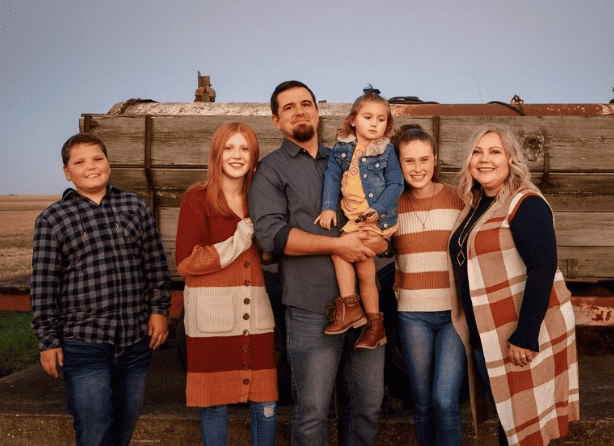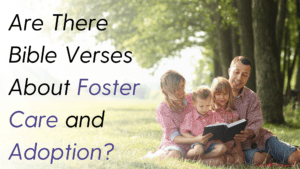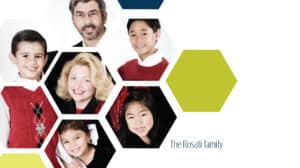December 25, 2007, was Jenessa Blacklidge’s hardest Christmas. After struggling for years with infertility, Jenessa took a negative pregnancy test right before the holiday festivities. She was devastated. But what she didn’t know at the time was that this was her daughter’s first Christmas. She just hadn’t met her yet. A foster care case plan would change that.
Becoming a Licensed Foster Family

Many couples look to adoption when facing infertility. For Jenessa and her husband, Nick, adoption from foster care sounded like the best option. Private adoptions are expensive, and Jenessa’s parents had fostered other children when she was a teenager, so she was already familiar with foster care. At the time, Jenessa and her husband thought to themselves, “We could take out loans and go into debt to have a child, or we could be part of something.” So they decided to get their foster license.
Jenessa and Nick became licensed in October 2010. Thinking that it would be a while before receiving their first placement, Nick convinced Jenessa to rescue a puppy from the animal shelter. Two weeks later, they got a call about two little girls, ages 2 and 3. Suddenly, they had two kids and a dog.
A Case Plan of Two Weeks Turned into Six Months
Jenessa remembers that day so clearly – the day the girls arrived at their home. It was November 1, 2010. “They came with nothing,” Jenessa laments. “They came with a garbage bag with a couple of items of clothing. Nothing fit them.” Her heart broke for them. The case plan was for the girls to be with them for two weeks.
Two weeks came and went, and Jenessa and Nick went with the girls to court. As foster parents, they fully supported safe reunification and wanted to serve the biological mother and her daughters. But even after just a couple of weeks, they had bonded with the girls. “You can’t help but love these kids,” Jenessa explains.
At court, nothing went as expected. Although the caseworker had recommended reunification, the judge determined that the biological mother had not completed everything expected of her. The next court date was set for six months down the line. The caseworker approached Jenessa and Nick, asking if they would be willing to foster the girls for six more months. Jenessa and Nick happily agreed.
From Zero to Three Children in Three Months
On the morning of January 20, 2011, Jenessa and Nick had another surprise. Their caseworker called to say there was a three-day-old baby boy in need of a foster home, and his case plan would likely become adoption. Jenessa and Nick realized this would mean they would become foster parents to three children within three months, but they felt equipped by God to move forward. Adoption had been on their hearts for years, so they said yes.
Jenessa remembers holding their son that night, sitting on her bed and weeping. Throughout her and her husband’s journey of infertility, she longed to be a mother. Then, within three months, she had three young children in her home. People would often say to her, “You do such an awesome thing,” but for Jenessa, foster care was just as much a blessing to her. She had the opportunity to love these children deeply while helping them heal and grow in a safe environment.
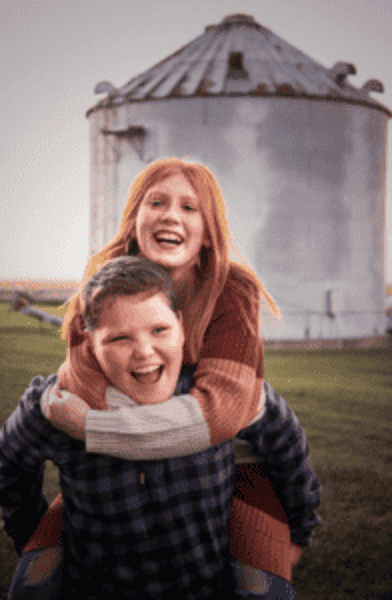
Challenges With Trauma
With three children and a puppy, life was both chaotic and beautiful. But it was not without challenges. A counselor told Jenessa and Nick that the 3-year-old girl they were fostering had reactive attachment disorder (RAD). She had experienced and remembered a lot of trauma, and she never bonded with a biological parent. For several months, Jenessa and Nick did what they could to lead her towards healing. They would sometimes have to help her to keep her from hurting herself. Jenessa and Nick would take turns comforting and holding her. “It was really tough,” Jenessa states.
But Jenessa and Nick constantly prayed over their foster daughter. They learned that reassurance was helpful, so anytime they would leave to go to the grocery store or anywhere else, they would reassure their 3-year-old that they would come back. Months later, the counselor who first met with them was shocked to see the girl’s development. She turned to them and said the girl was no longer showing signs of RAD. Jenessa and Nick knew it was not anything they had done. It was God’s healing.
When the Case Plan Suddenly Changes
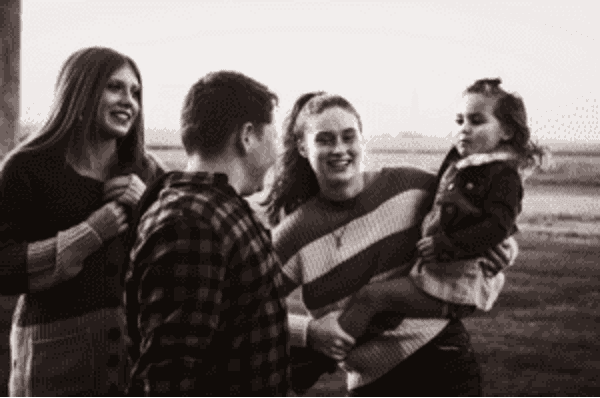
By the end of April, the girls’ biological mother had completed what was required of her. The Blacklidge family prepared for the girls to reunify. “We knew it was going to happen, but it was going to be such a loss to us,” Jenessa acknowledges. “Reunification is always the goal, but we were heartbroken because we loved them.” As they worked towards the case plan of reunification, the girls had longer visits with their biological mother.
After one visit, the caseworker returned with the girls to the Blacklidge home. This was unusual, so Jenessa knew something had happened. The caseworker sat down Jenessa and Nick and began to explain the situation. After seeing such change and healing in her daughters over the last six months, the biological mother felt that she could not provide the home that her daughters deserved. She told the caseworker that she wanted to terminate her legal rights if the Blacklidges would adopt her daughters. At that moment, Jenessa and Nick went from thinking the girls would be reunified to being asked if they would adopt them. There was no doubt in Jenessa or Nick’s minds that they wanted to adopt the girls.
The following month, the girls’ biological mother signed over parental rights. Jenessa and Nick were able to pray with her, and they still keep in touch to this day, sending pictures around birthdays and holidays. “She did it out of love,” Jenessa emphasizes. “She knew she was in a place in her life where she couldn’t give them what they needed.” Jenessa later learned that the birth mother had been in foster care as a child, and she wanted to break the cycle.
Permanency for Christmas
The girls were halfway to permanency, but their biological father did not want to terminate parental rights. There were inconsistent visits due to addiction and incarcerations. On December 22, 2011, just a few days before Christmas, the Blacklidge family went back to court.
Jenessa and Nick prayed together before going into court. They wanted finality for the girls. They asked, “Lord, do a miracle today.” After entering the courtroom, Jenessa asked the caseworker out of curiosity, “What are the odds the biological dad would sign over his rights today?” The caseworker revealed that she had spoken with the father’s lawyer and that the father intended to appeal all attempts to terminate his parental rights. The case could drag on for up to three years. “It would have to be a miracle,” the caseworker said matter-of-factly.
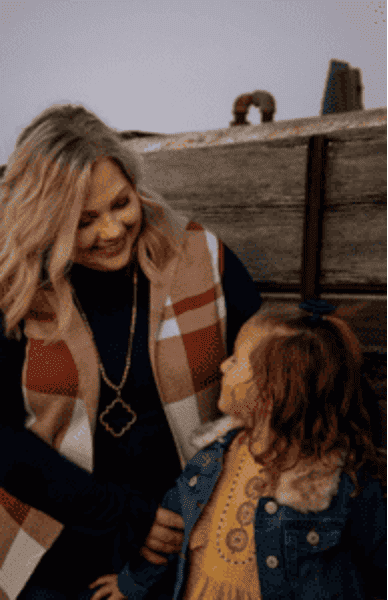
When the biological father arrived, he asked if he could speak with Jenessa and Nick alone. The three of them went to a room, and Jenessa and Nick listened in shock as the biological father said that he had attended a revival service the night before. He had stayed and prayed there for three hours and decided not to fight the Blacklidges on adoption. He was going to sign over his rights.
Jenessa, Nick, and their caseworker were all stunned. After the biological father informed his lawyer of his decision, Jenessa and Nick had a chance to pray with him, as well. Less than four months later, Jenessa and Nick officially adopted their two daughters. The oldest daughter was the one who celebrated her first Christmas in 2007, the same year that Jenessa and Nick grieved infertility.
Thriving as a Family Today
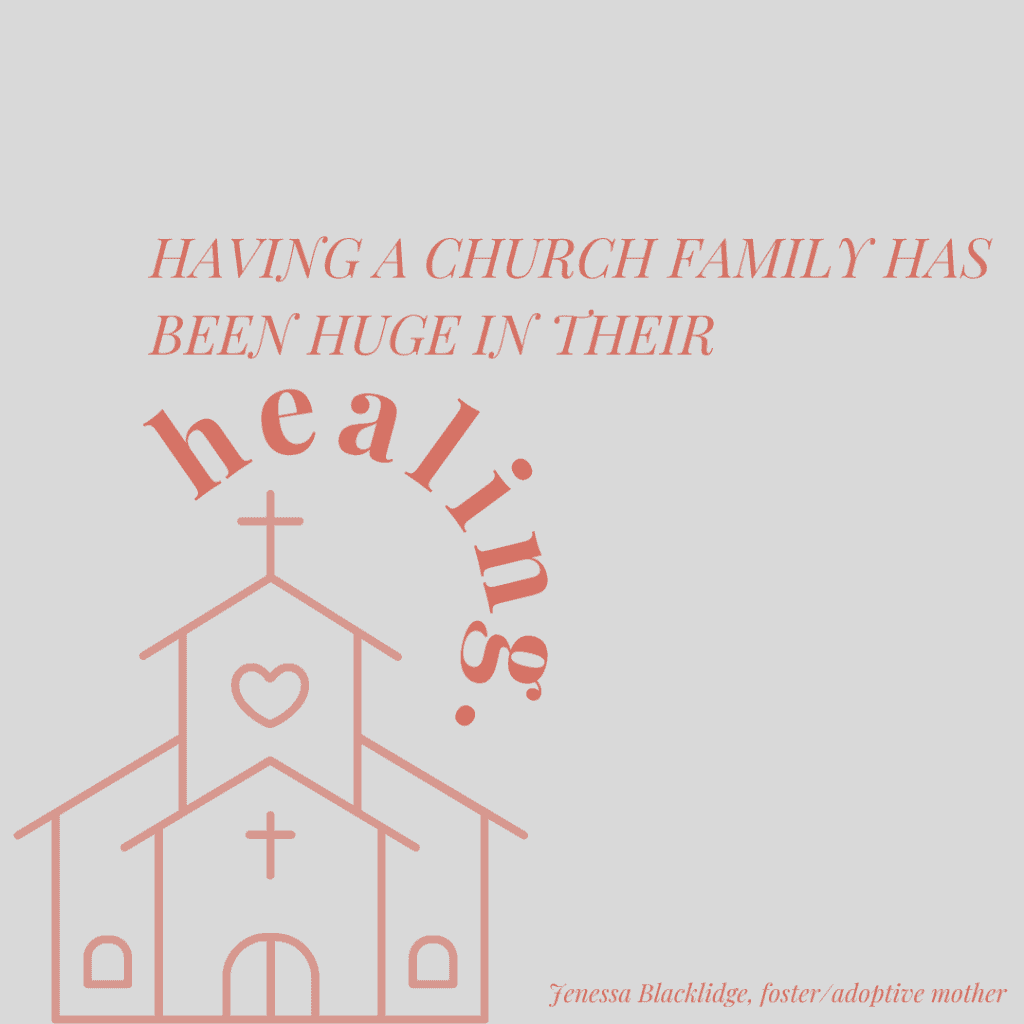
Today, all of Jenessa and Nick’s children are thriving. The adoption of their son, who came to them at three days old, was a straightforward process. “They’re just amazing kids,” Jenessa says with a smile. “The biggest thing is they love Jesus.” Their church community has been a significant source of support and encouragement. Jenessa expounds, “Having a church family has been huge in their healing.”
Now, Jenessa and Nick are in the process of adopting another little girl through kinship care. Their home is closed to fostering, but they continue to advocate. Jenessa is interested in becoming a court-appointed special advocate (CASA).
When Jenessa thinks back to Christmas 2007, she remembers wondering why God would put her through something so difficult as infertility. But the whole time, He knew which children would be hers. “Foster care is messy, and it can be heartbreaking,” Jenessa confesses, “but it is so worth it.” She has even seen lots of her friends decide to foster or adopt because of their story.
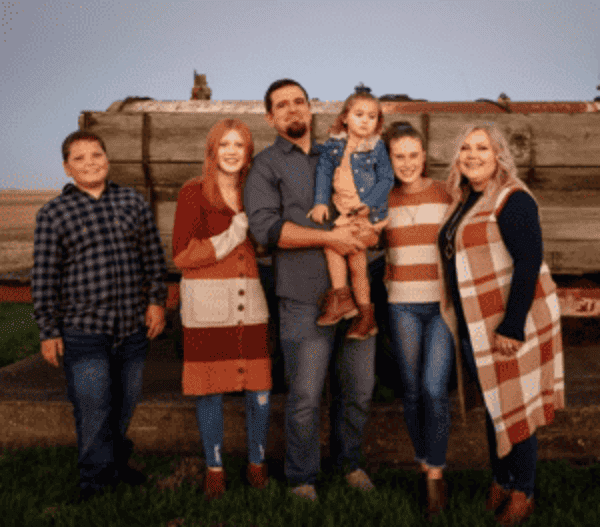
Ultimately, Jenessa points the praise back to God. She’s always amazed by the miracles He performs, even if she “shouldn’t be amazed that God does that – because he’s God.” But she has seen that His plan is so much better than she could have imagined. “Foster care is a roller coaster ride of emotions because you never know what’s going to happen. They could say reunification or adoption, and either way, it could change,” she says. While case plans can change at any moment, God’s plan will prevail every time.









